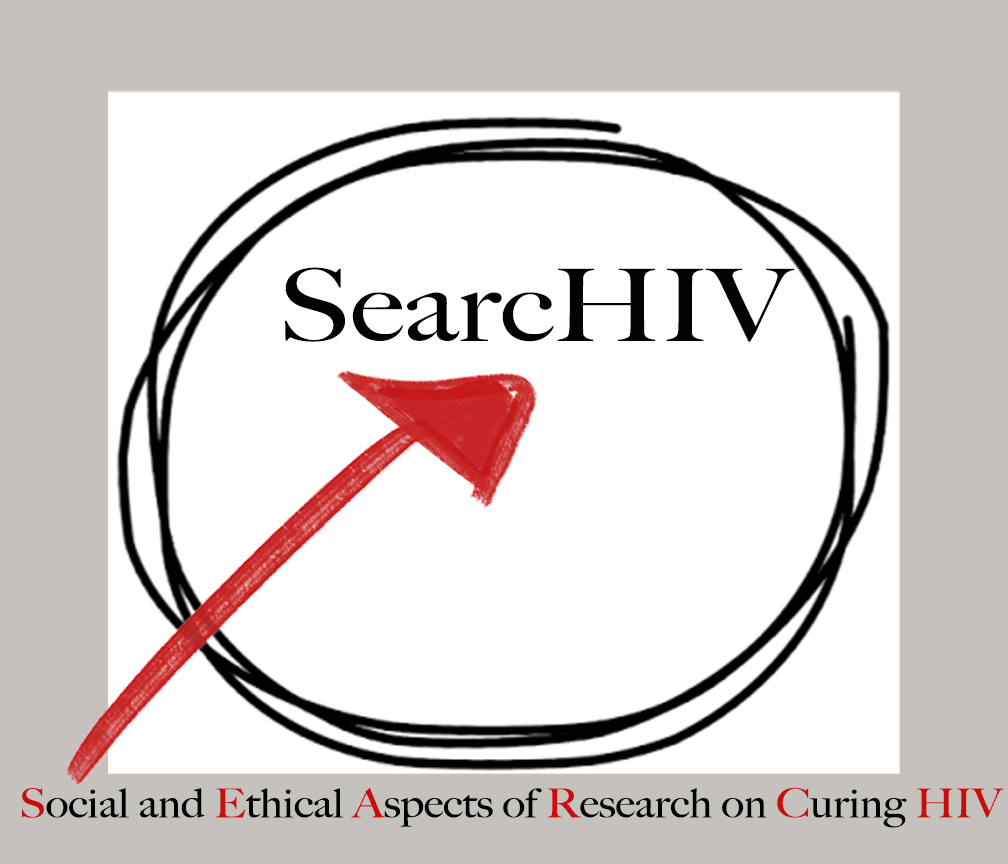The American Foundation for AIDS Research (amfAR) recently announced plans to implement a five-year research support strategy which will provide 100 million dollars for HIV cure-related research. Twenty million dollars is earmarked to establish the amfAR Institute for HIV Cure Research, which will be tasked with locating, measuring, and studying latent HIV reservoirs with the aim of eradicating them. The remaining 80 million dollars will be used to support new, untested ideas and research strategies; established, but preliminary research arenas; innovative work on HIV led by researchers from traditionally unrelated fields; unexpected yet promising research pathways; and other cooperative efforts around the world aimed at developing a cure for HIV. Steering these efforts to foster innovation and collaboration will be a “Cure Council” consisting of some of the world’s greatest HIV researchers and advocates, including: Dr. Françoise Barré-Sinoussi, Dr. David Baltimore, Dr. Beatrice Hahn, Richard Jefferys, Dr. Carl June, as well as UNC’s own Dr. Myron Cohen.
Alongside President Obama’s 2013 World AIDS Day address, which pledged 100 million dollars to cure-related research through the National Institutes of Health over the next three years, amfAR’s declaration signals the optimistic shift in thinking (and funding) toward the inclusion of HIV cure research alongside more established efforts to enhance treatment and prevention. In addition to demonstrating increased confidence in the eventual realization of a HIV cure in the (hopefully) not-too-distant future, amfAR’s grant strategy points to a growing recognition that a cure for HIV may only come about through collaborative efforts. What has become all too clear over the past 35+ years of the HIV epidemic is that barriers to collaboration – between institutions (both public and private), across scientific disciplines, and among nations – are barriers to cure.

